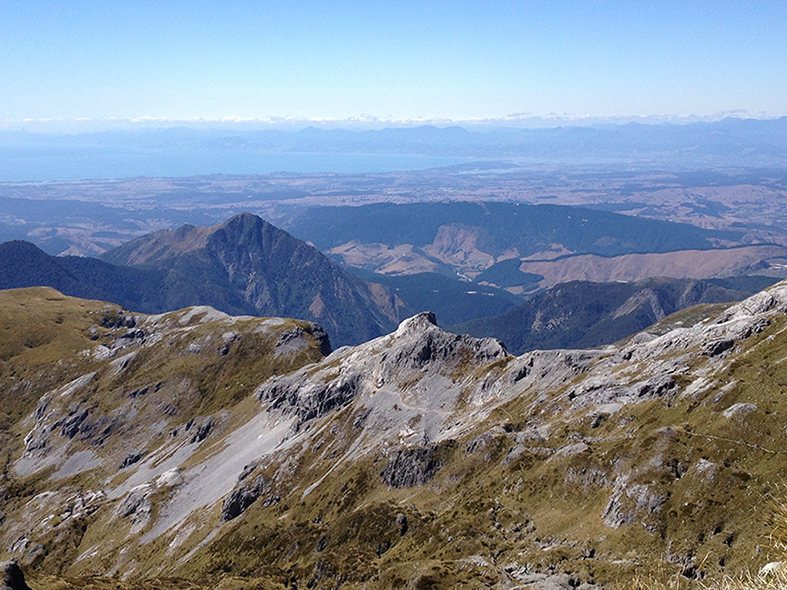Last week the DomPost ran a breathless article about the evils of 3D printing. The main fact in the story was that a 3D printer can be used to make a gun, of sorts anyway, but the whole thing got rather carried away talking about all kinds of bizarre “possibilities” like printing drugs, food and even gold. I’m surprised not to have seen rebuttals of at least the wilder claims of this article, so I’ll set out a summary here.
Let’s start by considering what a 3D printer is. It’s a machine that builds a solid object out of plastic by spraying it on layer by layer. Each layer is like a bit like a document printed by an inkjet printer, but the 3D device just keeps adding layers until it’s made a 3D object. Current 3D printers only build out of plastic, and particular kinds of plastic at that because they have to be sprayable and they have to be handleable at reasonable temperatures. They are also very slow, taking several minutes to produce even quite small objects.
While lots of useful objects can be made out of layers of plastic, most things can’t. Even the much-touted gun that can be 3D printed is a single shot weapon that has been tested to fire a few metres. I think you’d be brave indeed to fire a plastic firearm, there may be more risk of you losing a hand than actually hitting something. Even so, if you’re game to try printing the gun in a location where guns aren’t allowed, you’d need to smuggle ammunition for it to work with. Obviously, designs for a printable gun could improve, but while they are made of sprayable plastic it’s hard to seem them overcoming some fairly severe limitations.
Returning to the DomPost article, which is based on of all things a New Zealand Cabinet paper that some kind soul has placed online. The paper is remarkably readable for a Cabinet paper. It provides a brief survey of the state of the art of 3D printing. A lot of it is reasonably balanced, pointing out the limitations as well as the capabilities, but one paragraph is in my opinion a quite irresponsible extrapolation:
The ultimate outcome of 3D printing would be the ability to print at the molecular level and thereby print object by creating the individual molecules and combining them to make the final object. This level of printing would enable gold, gems, food or drugs to be produced and would fundamentally change the way society functions. However, this is a separate field of science and technology that is only conceptual at this time.
These ideas are simply fanciful. Creating individual molecules is the domain of chemistry, not of printing. We don’t have the fundamental technology needed to manipulate individual atoms in the way a printer manipulates droplets of ink or plastic, and besides there’s rather more constructing molecules than physically placing the relevant atoms in contact, even if we could reliably do that. So, the claims about printing food and drugs are fanciful. Gems, even more so – gemstones are hard because they have a lot of strong chemical bonds holding their atoms in place. Creating those bonds takes energy, which the printing process (again, assuming it could be made to operate on this scale) has no way of injecting.
But the wildest idea of the lot is the thought of 3D printing gold. Alchemists have been trying to manufacture gold from other materials for centuries. Physics tells us that gold can only be created from something else by nuclear processes. All the gold in the world (and for that matter, in the universe) has been created in supernovae, the dying explosions of giant stars.
We can be pretty confident that 3D printing won’t be producing drugs or gold any time soon.

Leave a Reply
You must be logged in to post a comment.